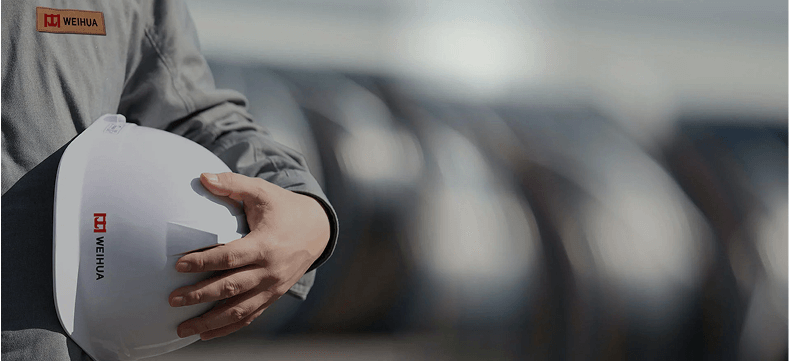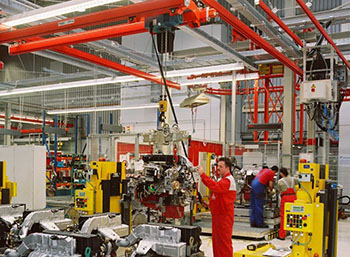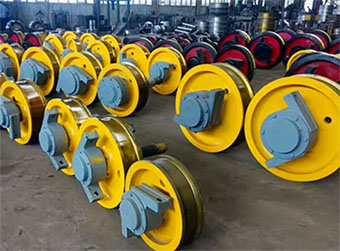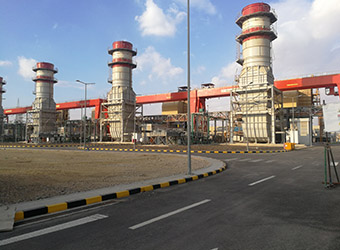| Parameters |
Description |
Common Specifications |
| Rated lifting capacity |
Maximum weight the hoist can safely lift |
0.25T, 0.5T, 1T, 2T, 3T, 5T |
| Standard lifting height |
Maximum lifting distance of the lower hook |
3m, 6m, and other heights available on request |
| Hand pull force |
Tension required to lift the rated load |
Typically ≤ 300-400 N (approximately 30-40 kgf) |
| Number of chain rows |
Number of load chains affects lifting capacity and hoist size |
1-row chain (small tonnage), 2-row chain, 4-row chain (large tonnage) |
| Use level |
Reflects the intensity of work, such as H3 (infrequent use) and H4 (moderate use). |
Select based on frequency of use |
Note:
The above parameters are standard model configurations. Customized solutions can be provided according to customer needs.
How to choose the right chain hoist?
1. Determine the load (tonnage): Select a hoist with a rated lifting capacity equal to or greater than the maximum lifting weight. Overloading is strictly prohibited!
2. Determine the lifting height (meters): Select a hoist based on the required lifting height.
3. Determine the frequency of use: For frequent use, choose a hoist with a higher duty rating (e.g., H4 or higher).
4. Confirm the installation method: Will the hoist be used with a fixed lifting point or will it need to be mobile? If mobile is required, be sure to purchase a matching trolley and track.
5. Consider the operating environment: In corrosive, humid, or dusty environments, consult the supplier for models with special protection.



